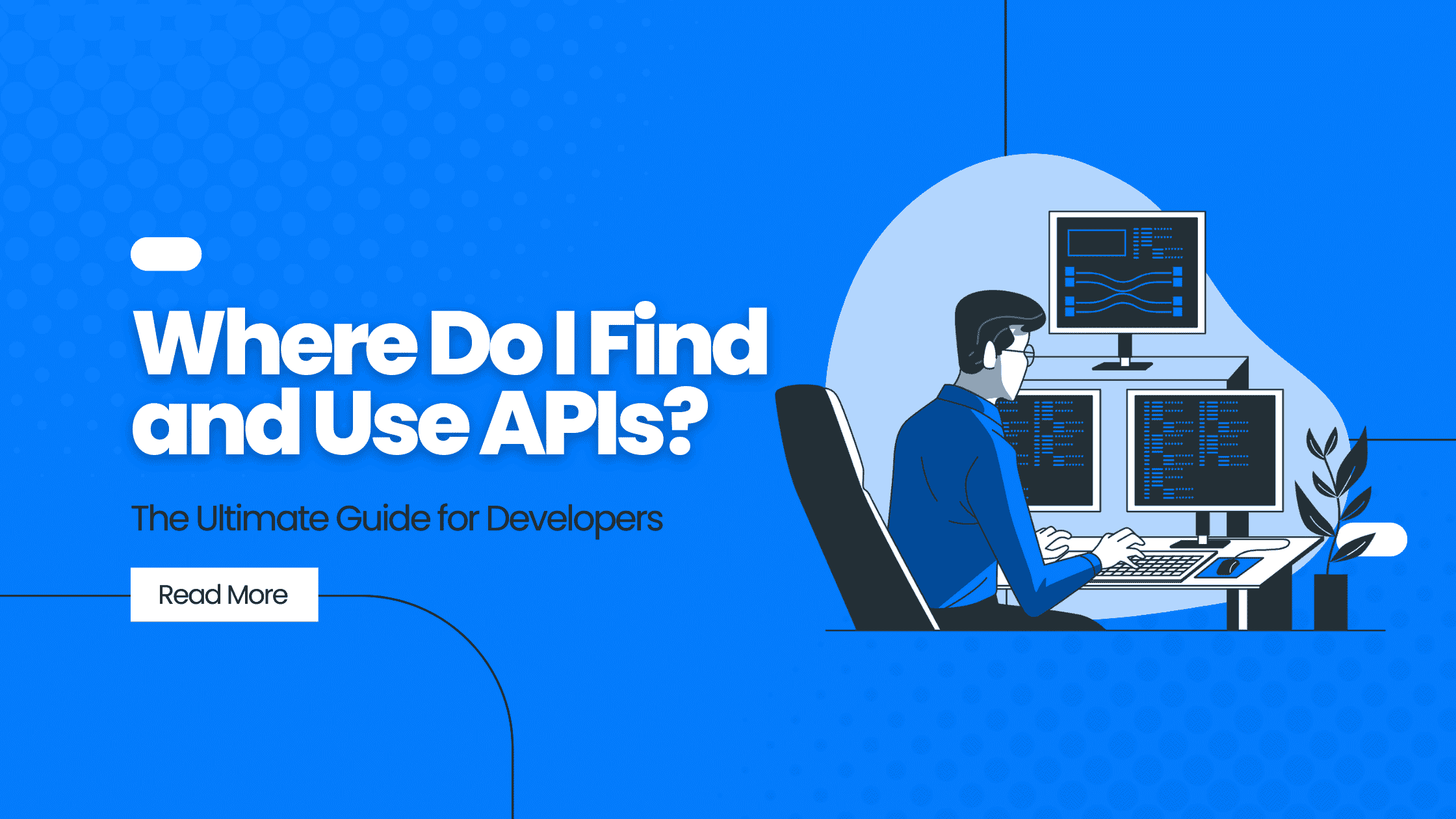APIs have become a key component in modern computing in the last few years. These Application Programming Interfaces allow developers to build software applications with data from other external sources. But that’s not all: Many companies are beginning to offer free or paid access for developers who want this extra functionality. But just because you can get your hands on some cool APIs doesn’t mean they’re easy-peasy and ready to go out of the box. Here’s how you can find API documentation and use it to help you build a successful app.
1. Google Developers
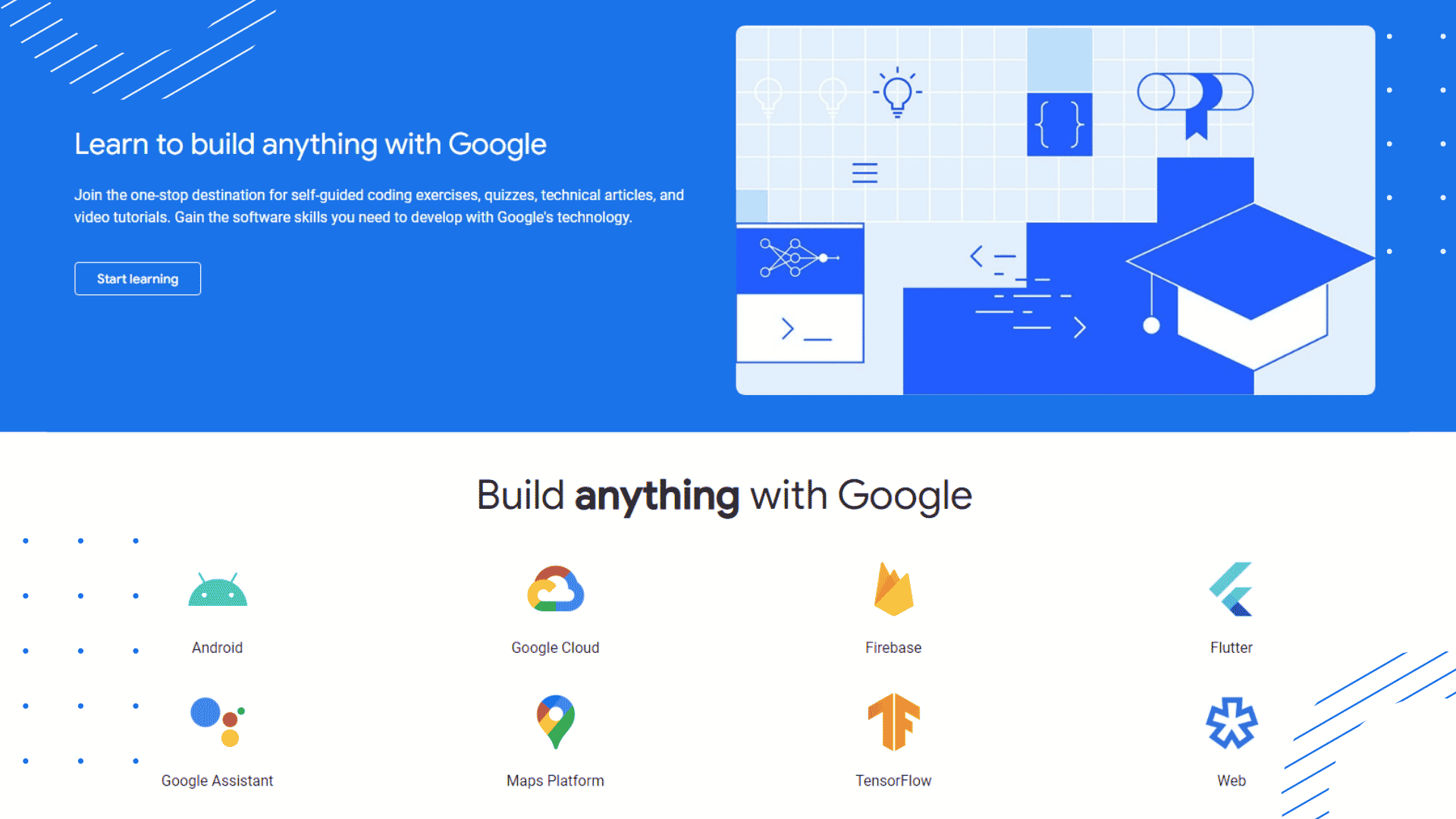
Google Developers is a great place to find APIs. The documentation is easy to navigate, and the content is well-organized and directed toward developers. You can find APIs by searching for them in the search bar or browsing through the documentation.
2. ProgrammableWeb
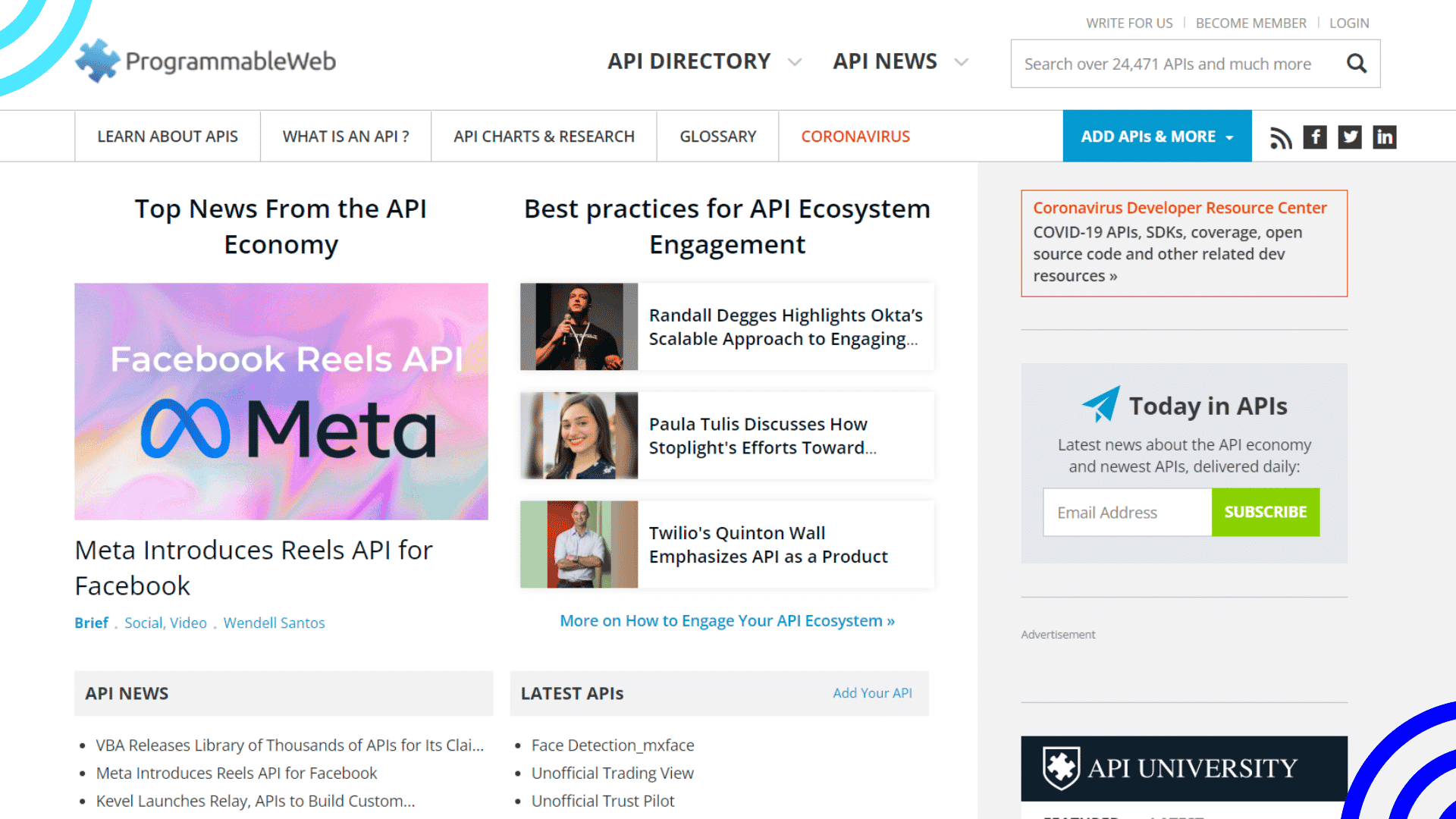
To find APIs using ProgrammableWeb, create property pages for the interfaces you want to use. The property page’s title must be InterfaceName.propertyName. The interface name must start with a capital letter. Include the {{APIRef}} macro in the first line of each property page. The menu on the left-hand side of the interface page will include properties and methods for your API. The standardization status of an API should be indicated next to the interface name. The description of an API should provide a concise overview of its purpose. Use code listings to demonstrate typical property usage and include more complex examples later. You can add tags to each property page for easier searching.
3. GitHub

1. Look at the GitHub REST API documentation to see what is possible.
2. Find an API that you want to use and read its documentation.
3. Follow the instructions in the documentation to get started using the API.
4. Mashape
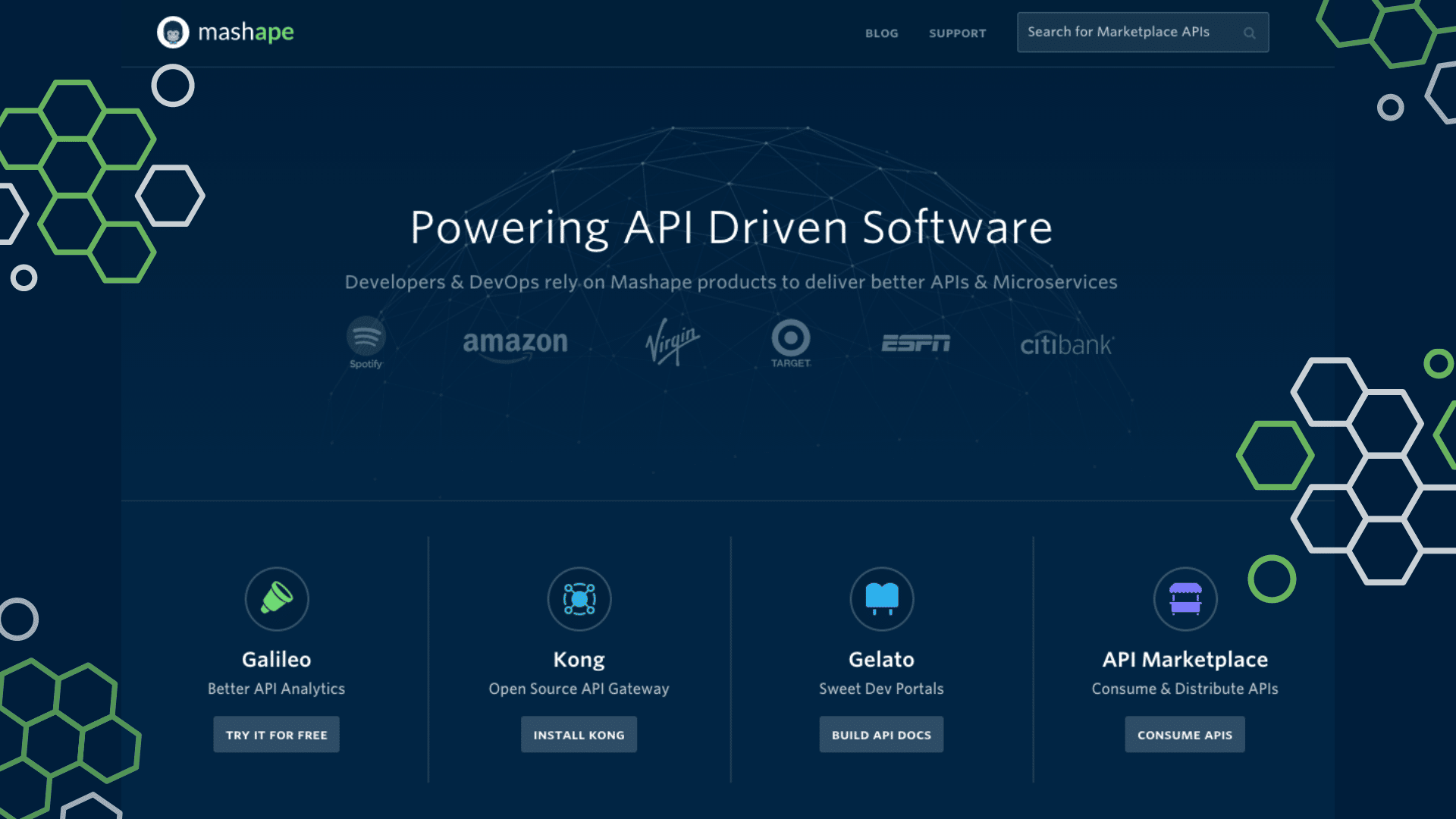
Mashape is a website that enables users to find and research APIs. The site offers a searchable database of APIs and detailed information about each API. Mashape also provides tutorials and guides on how to use specific APIs.
5. Look for APIs on the website of the company that provides the service
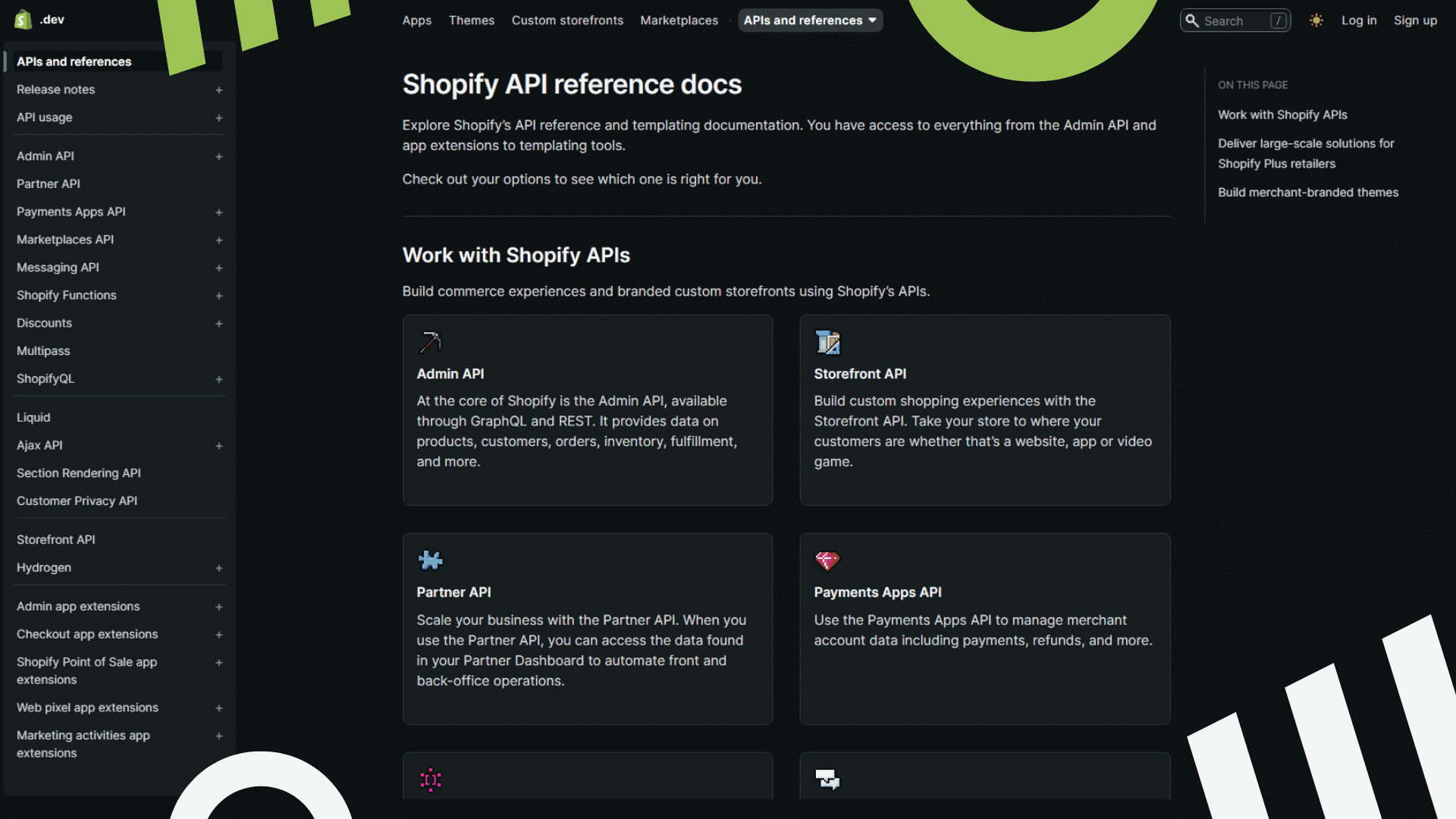
Look for APIs on the website of the company that provides the service. The documentation for an API will typically include information on authentication, resources, client libraries, and endpoints. The request format specifies how a request should be formatted. APIs will return responses when you send them a request. The response format specifies how an HTTP response is formatted when you receive the answer. Response codes are included in the response, and you’ll need to know what they mean to read API docs confidently.
6. Use a search engine to find API documentation
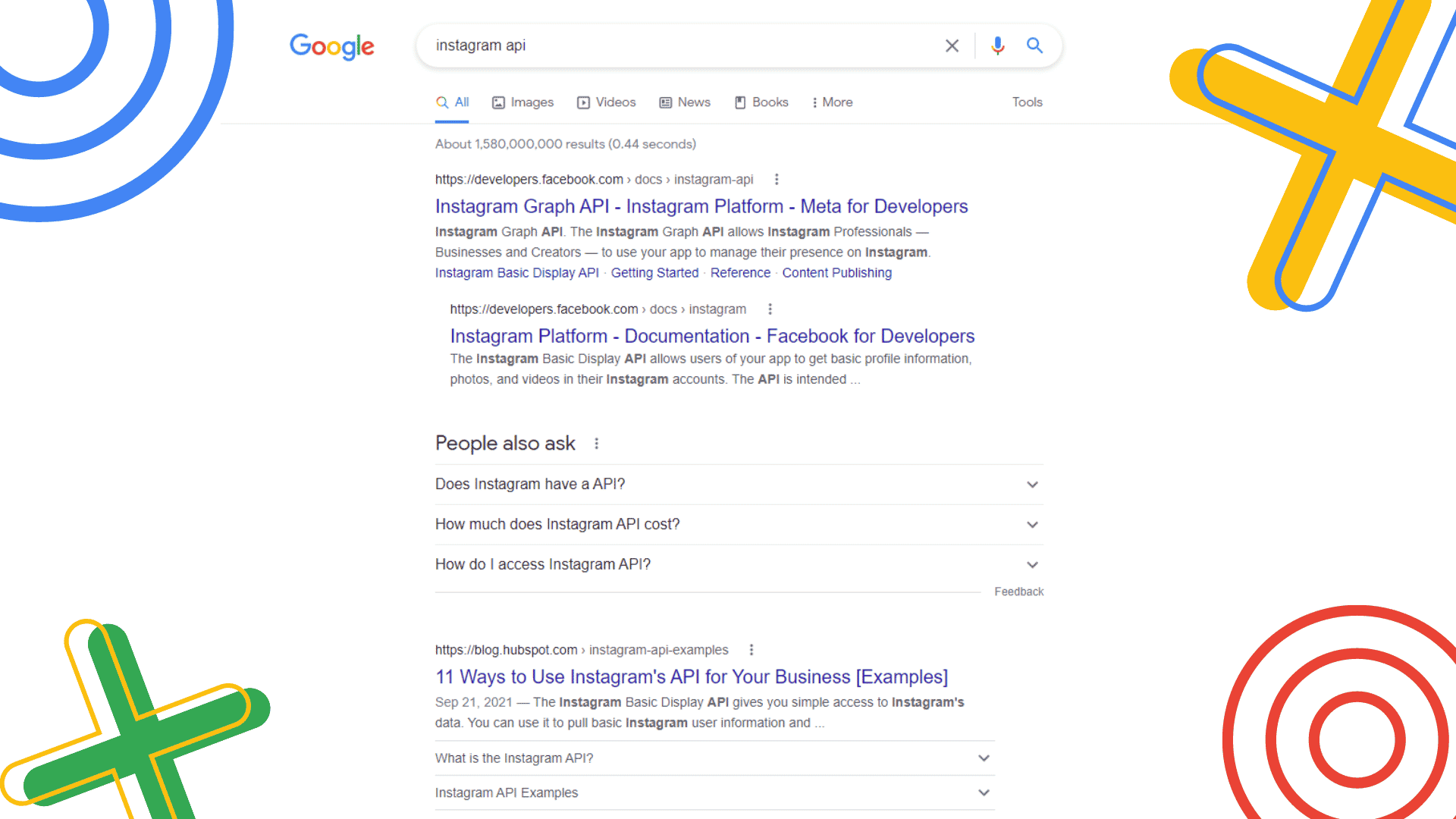
To find an API using a search engine, enter the name of the desired API into the search bar. This should bring up different results, including the official API documentation. From here, you can read about all the functions and parameters offered by the API. If you’re unsure if a particular process will work for your needs, you can look at specific examples to get an idea of how it works in practice. Once you’ve found an API that looks promising, check its quality before using it in your project.
7. Use a directory of APIs
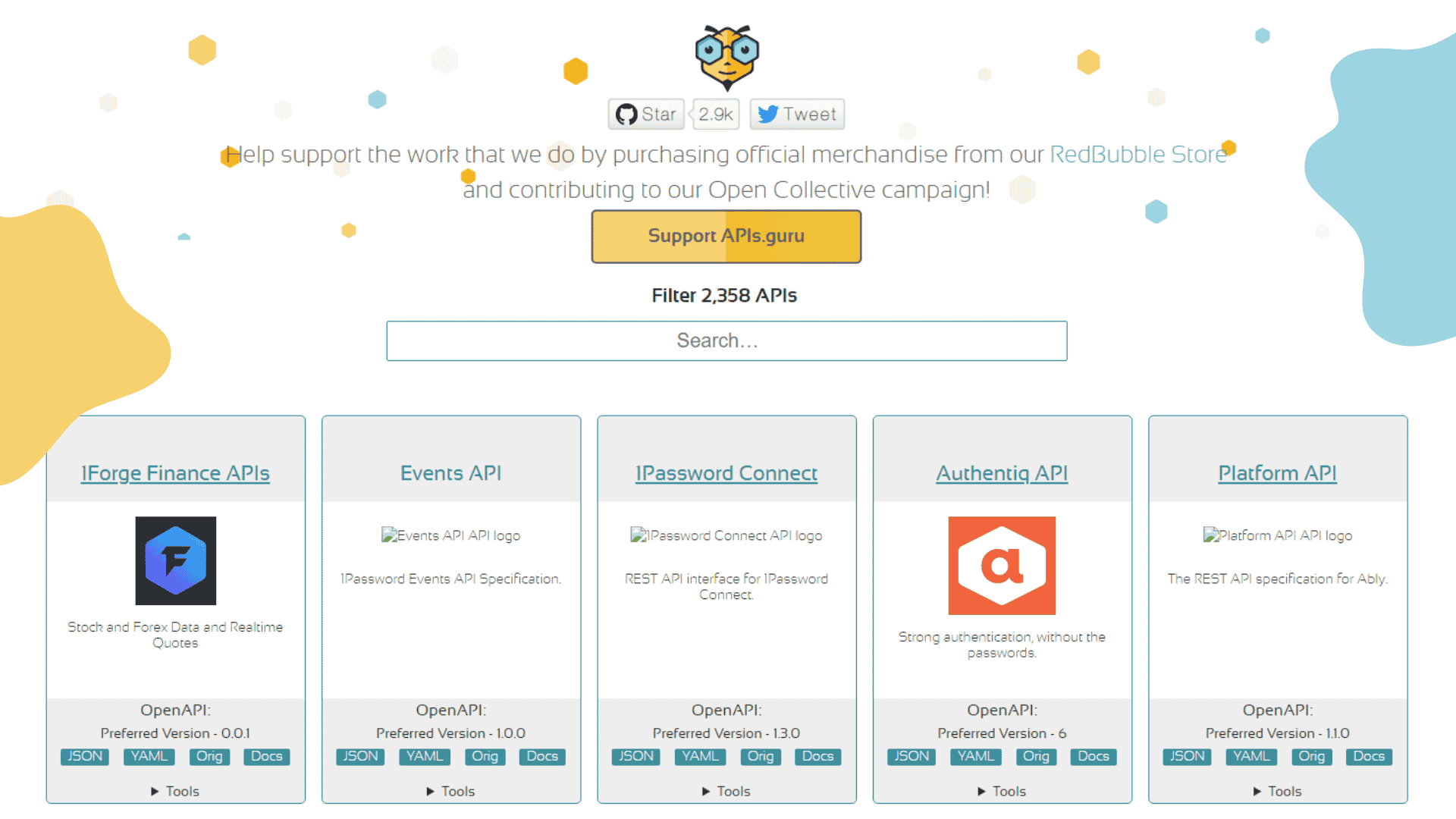
API directories are an excellent resource for finding API documentation. You can use an API directory to find information on how to use a product’s API. Each document in an API directory will provide step-by-step instructions on how to use the API.
8. Read about APIs in blog posts, articles, and books
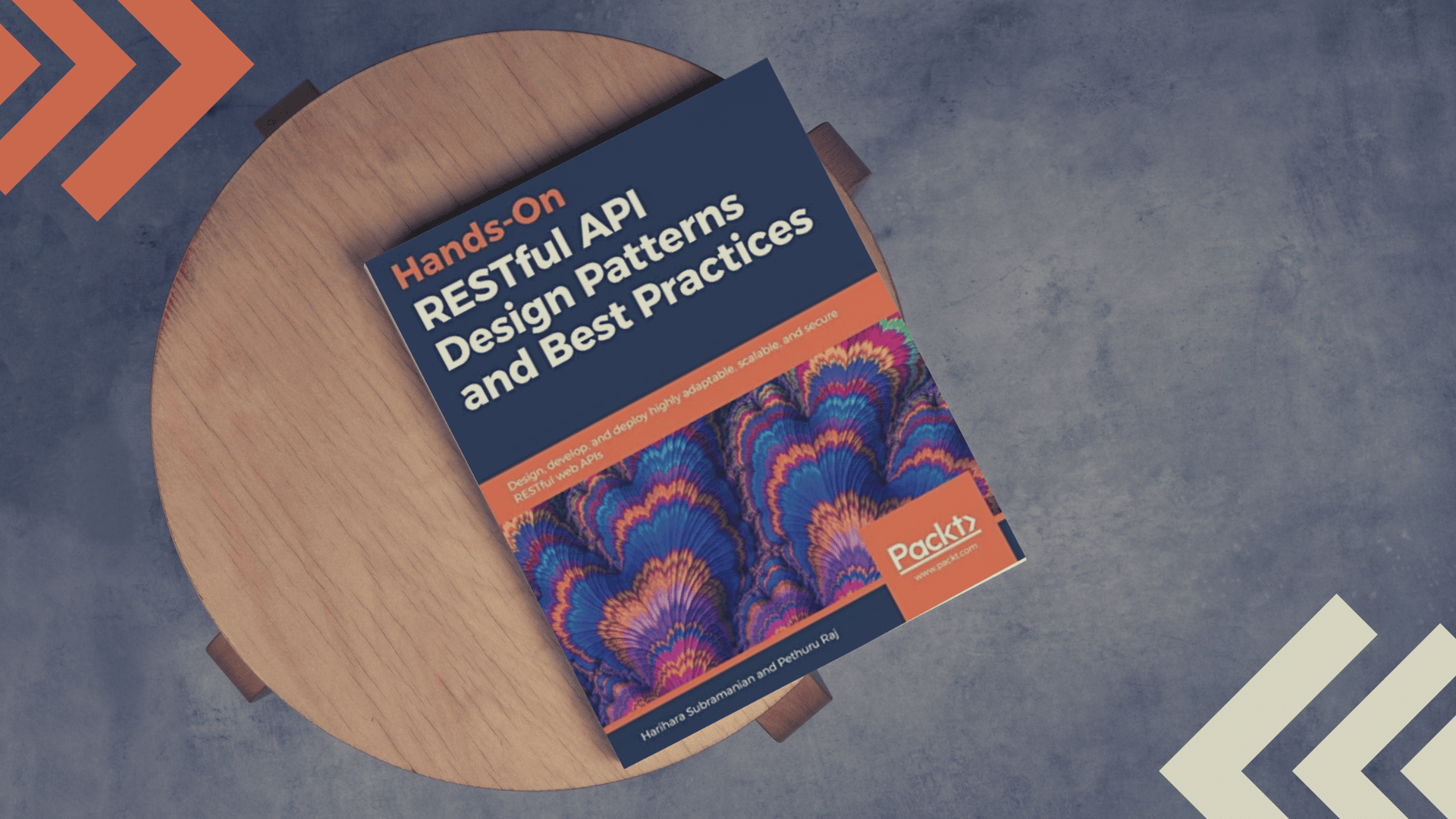
API stands for an application programming interface. An API is a set of programming instructions that allow the software to interact with other software. One can search online for blog posts, articles, and books discussing various APIs to find APIs. Furthermore, some events connect platform creators and other API practitioners, which can provide insight into APIs. Additionally, there are helpful communities of API practitioners that offer support and advice.
How do you use APIs?
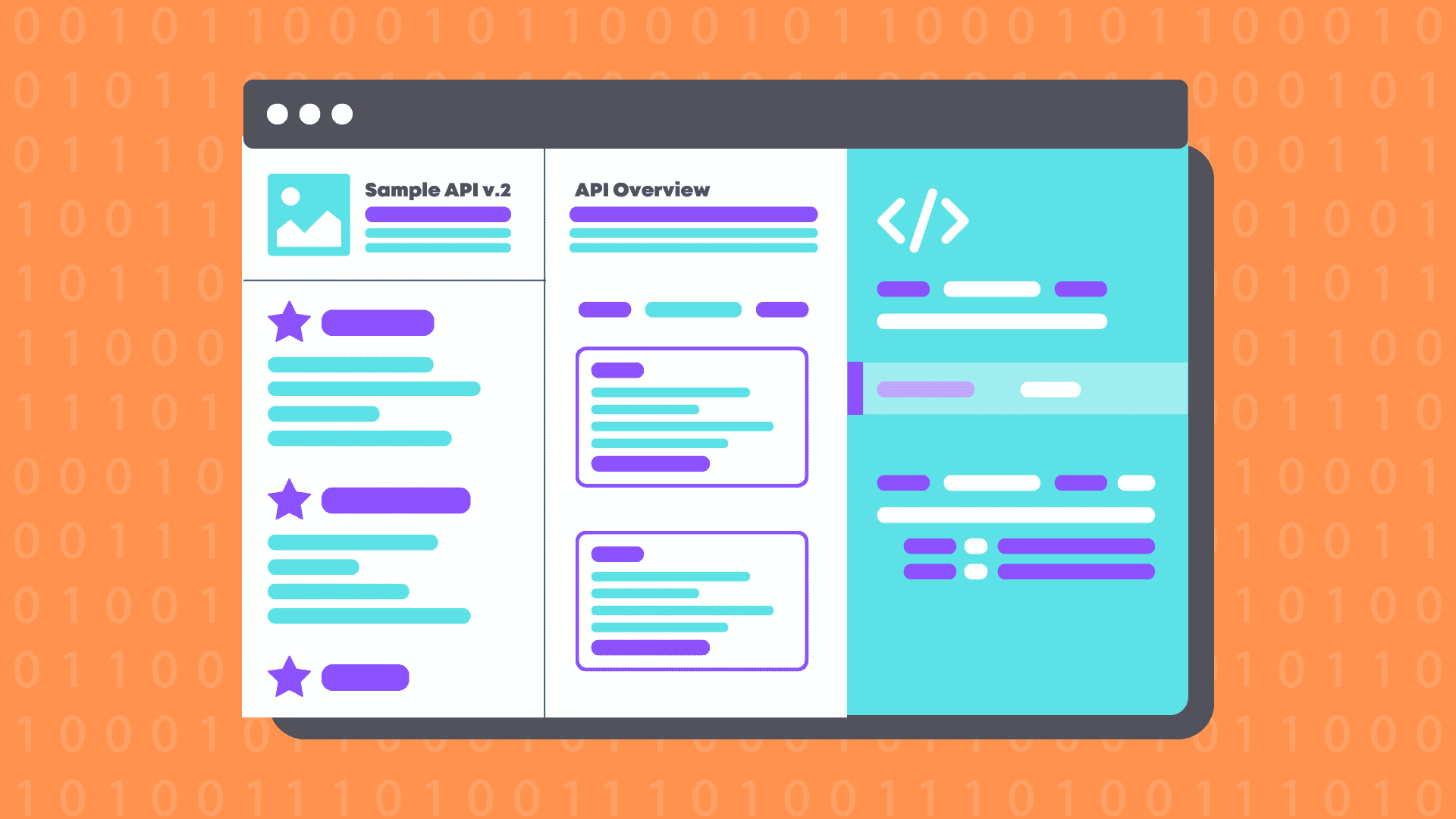
An API, or Application Programming Interface, is a set of tools and protocols that allow software developers to interact with a particular application or service. APIs can enable third-party developers to access certain features or data of an application or to allow two applications to communicate with each other.
For developers to use an API, the API must be well-documented and easy to use. The documentation should clearly explain the functionality of the API and how it can be integrated into their application. Furthermore, the API should be easy to read and navigate so that developers can quickly find the information they need.
How to Write Useful API Documentation
Know the API
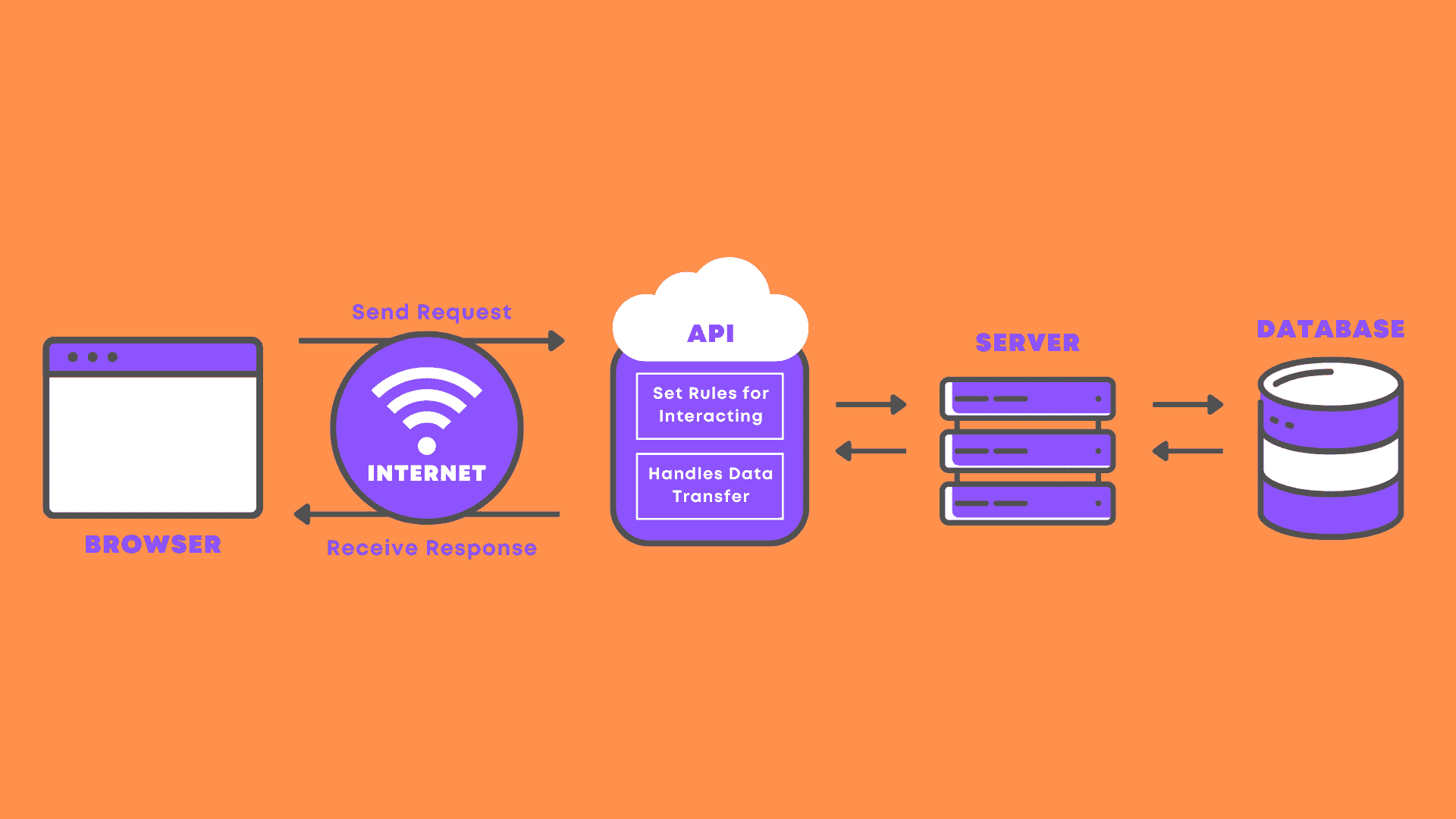
Before you write any API documentation, you must take the time to understand how the API works. This means having a good understanding of the architecture and how the various components of the API interact with each other. Only then will you be able to write adequate documentation that is easy for others to read and navigate.
Use Relatable Content
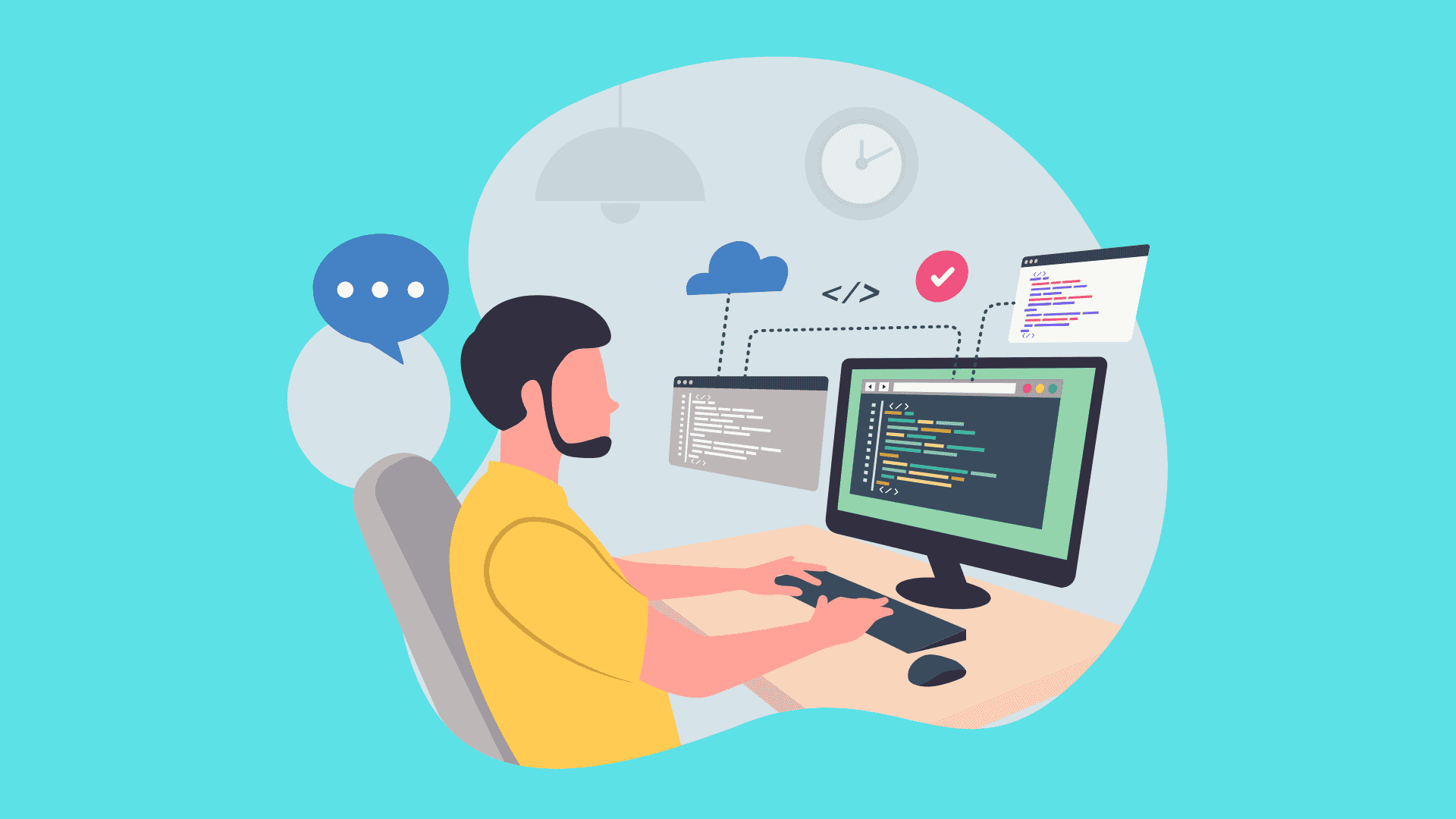
It’s essential to consider your audience when writing API documentation. You want to protect users’ identities while allowing web and mobile applications access. Our API makes it easy to do just that. Start a free trial today to see how simple it is to use!
Be Clear, Even If You Need to Be Technical

API documentation should be clear and concise. It should use simple language and avoid complex grammatical constructions. Important details should be included, but the overall tone should be easy to understand.
When documenting an API, explain any acronyms or technical terms the first time they are used. A glossary of these terms should also be included near the end of the documentation for reference.
Itemize the Guide
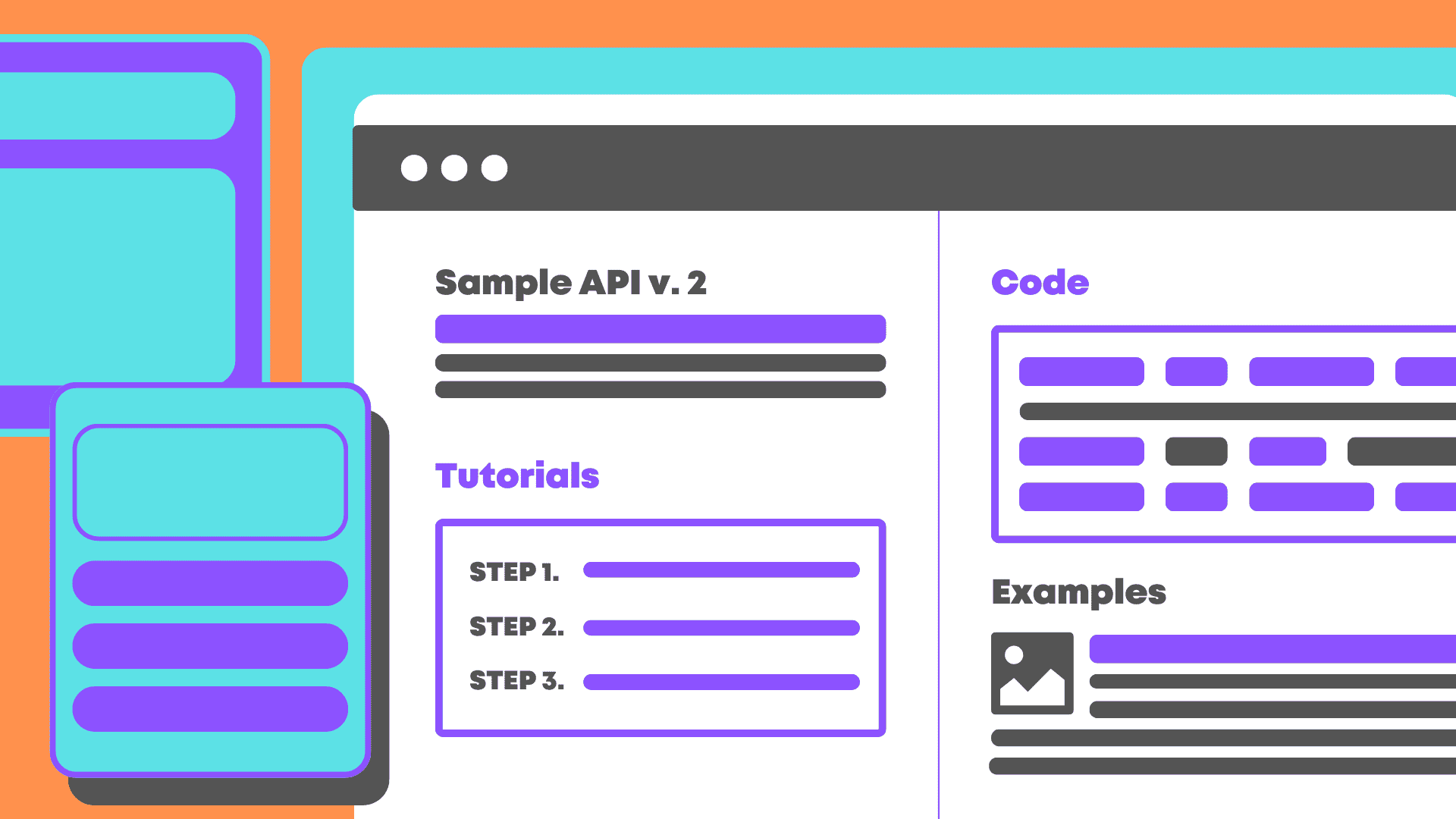
1. The best way to write API documentation is to itemize it into steps, like reading the alphabet.
2. By numbering the steps, users can easily follow the guide and find errors if they run into them.
Check For Errors
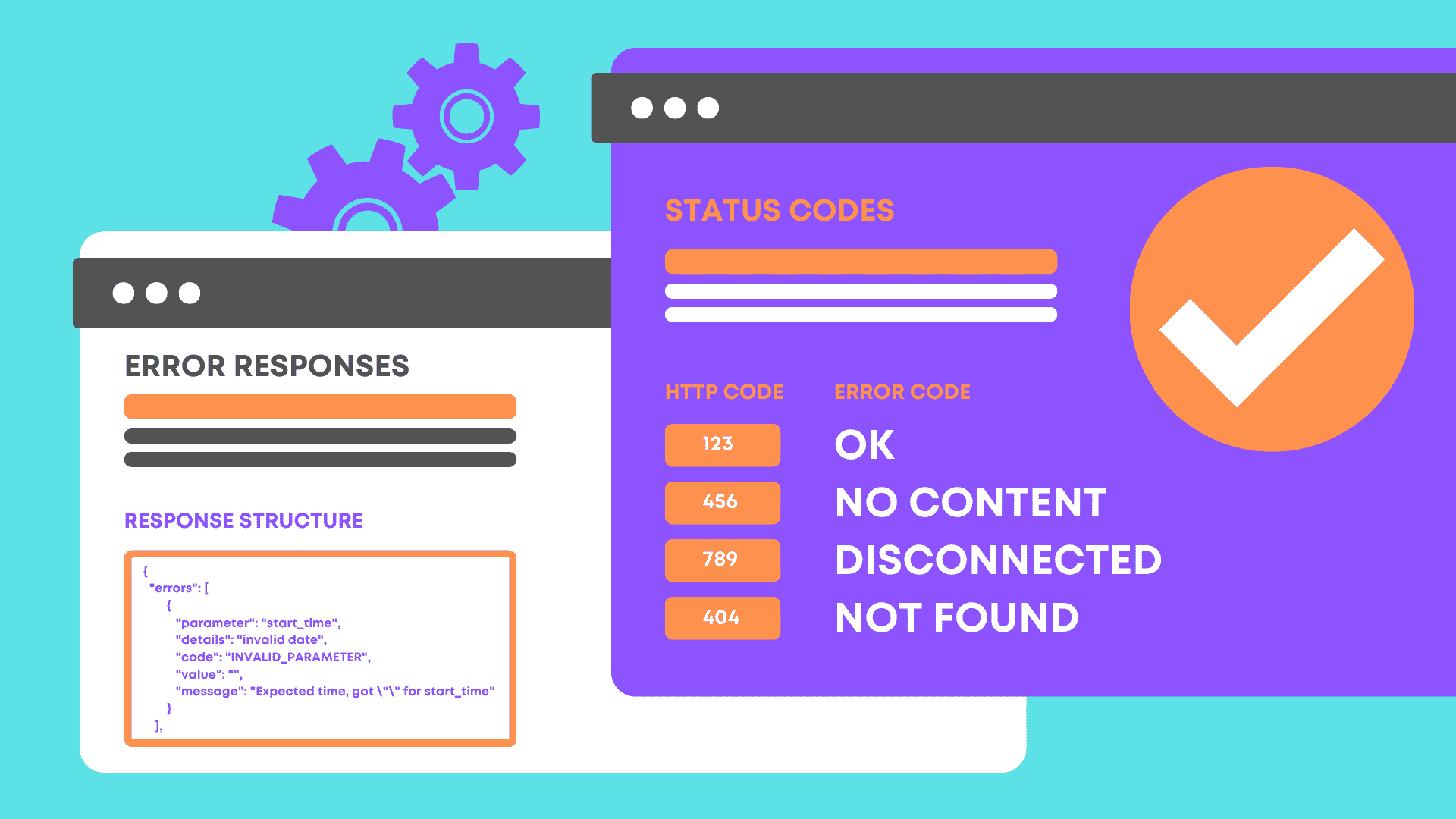
API documentation should include a description of the HTTP response codes that the API may return. This will help developers understand the various codes and how to interpret them. In addition, it is helpful to provide a brief description of each error code, along with instructions on how to fix it.
How can you inspire API usage with examples?
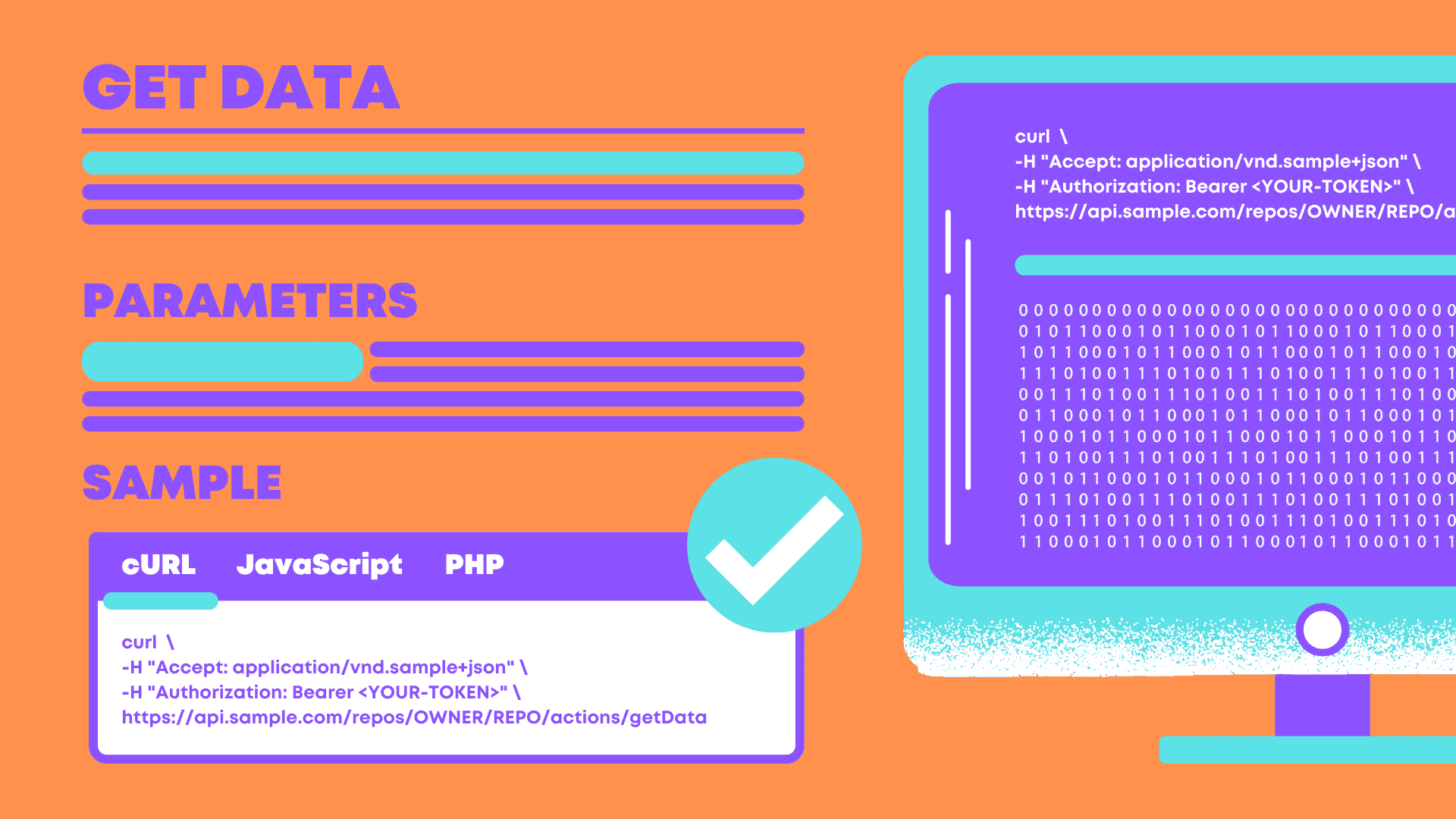
To inspire API usage with examples, you should provide a working example app that supports advanced use cases. This will allow developers to see the potential of the API and how it can be used to solve real-world problems. Furthermore, try to understand the issues that your developers are solving to determine what examples to share. By doing so, you can tailor your samples to their specific needs and show them how the API can be used to address their pain points.
What are the different types of API documentation?
API documentation comes in many forms, each with its purpose. Here is a list of the different types of API documentation, with examples:
1. Reference and functionality: This type of documentation describes the endpoints of the API and lays out all the pieces. It helps understand how the API works and what it can do.
2. Guides and tutorials: These types of docs take some of the pieces and start to put them together, explaining why you’d use those parts. They can help you learn how to use an API.
3. Examples and use cases: These offer a specific solution, solving a common problem. They can help see how an API can be used in practice.
What are some standard API terms?
API stands for “Application Programming Interface” and refers to how one piece of software can communicate with another. When it comes to APIs, there are a few key terms that are important to know:
Authentication: This refers to the process of connecting with the API. Usually, this will involve providing credentials, like a key or token.
Client libraries are packaged pieces of code that make it easier to integrate with an API using a specific programming language.
Request format: This specifies how you should format a request when sending it to the API. The API will then respond accordingly.
Response format: This defines how the API will format its response when you make a request. It usually includes various response codes that indicate the status of the request.
How can you start with your API specification document?
Assuming you have already gathered the API description, the language used, and other references from the API developers, you can start by creating several outlines of what details you want to include in your specification document. Once you have a good idea of the overall structure, you can begin combining the elements and arranging them in a logical sequence. Make sure to proofread your document carefully before sharing it with the API developers for any corrections or additions.
Should you build your API documentation tool?
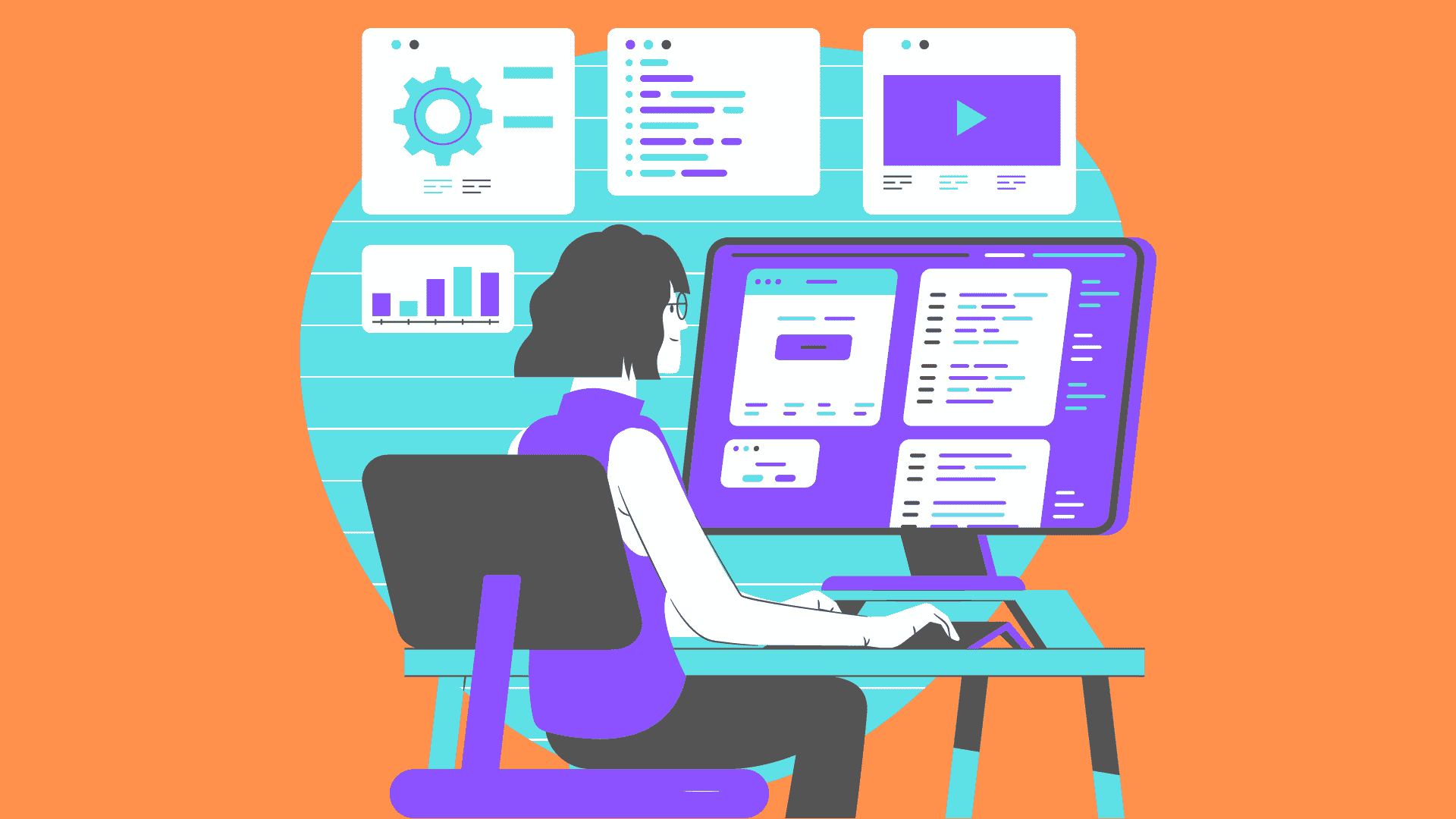
Building your API documentation tool can significantly invest time and resources. There are many factors to consider when deciding whether or not to create your own, including the costs and trade-offs of each alternative and your goal for the documentation.
If you have the resources to build and maintain the tool, and you feel that this is the best way to achieve your goal for the documentation, then it may be worth pursuing. However, if you are not confident in your ability to build and maintain a high-quality tool, or if other alternatives would better meet your needs, then it may be preferable to use an existing solution.
How do you troubleshoot API problems?
If you are having trouble with an API, you should look for a widget on every page of the API reference. This widget will tell you the status of the API and whether there are any problems. If the problem is server-related, you can use the status indicators to determine whether the problem is with your server or the API.
Can’t find something?
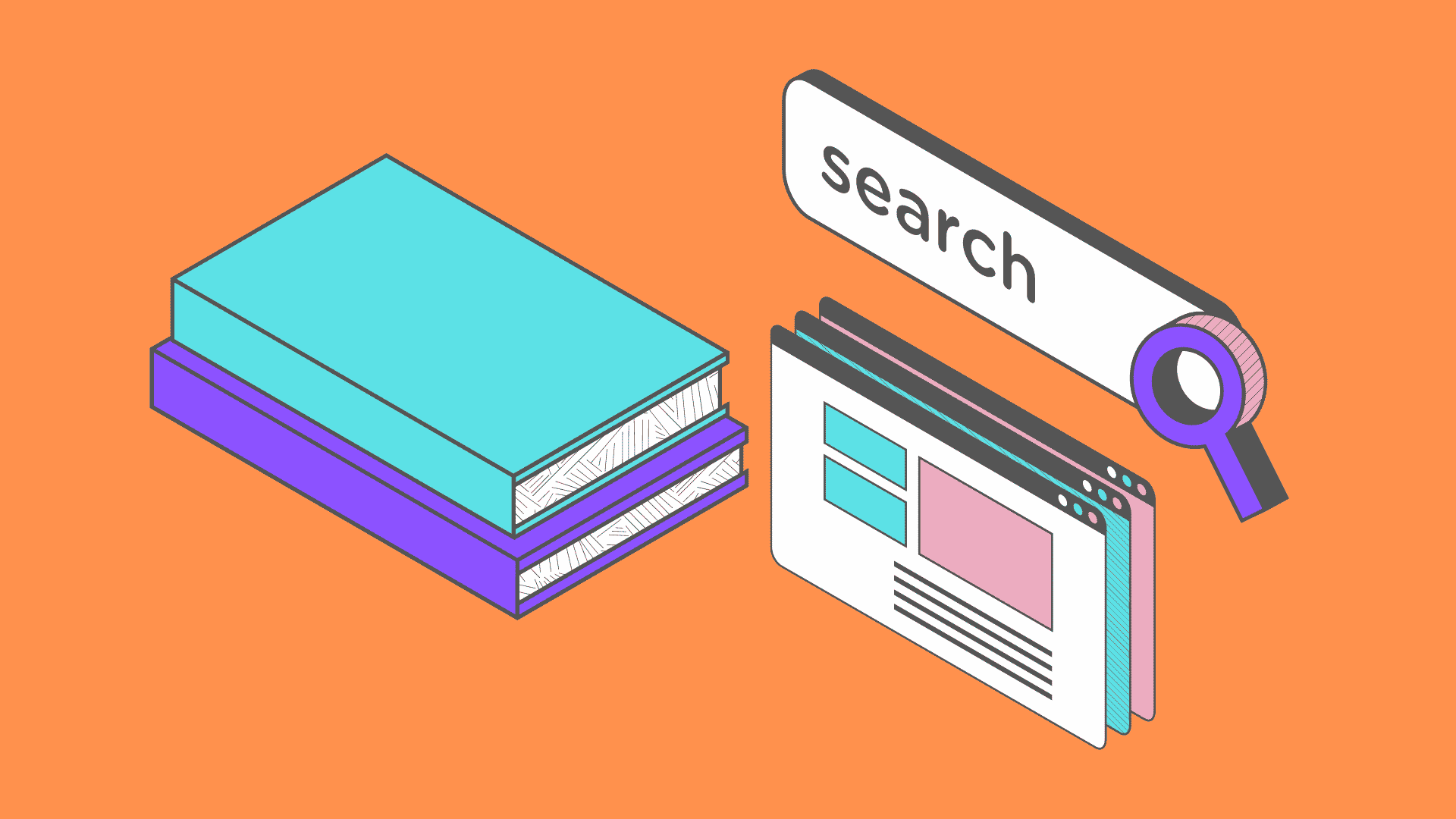
Check the documentation: Most programming languages have extensive documentation available online. The first place to look for an API is usually in the documentation for the language itself.
Ask on the community forum: If you’re having trouble finding an API, try asking on a community forum specific to your programming language. Experts can often help you find what you’re looking for.
Search the web: A simple web search may turn up what you’re looking for if all else fails. Be sure to include relevant keywords such as “API” and the name of your programming language.
API Reference
Client libraries
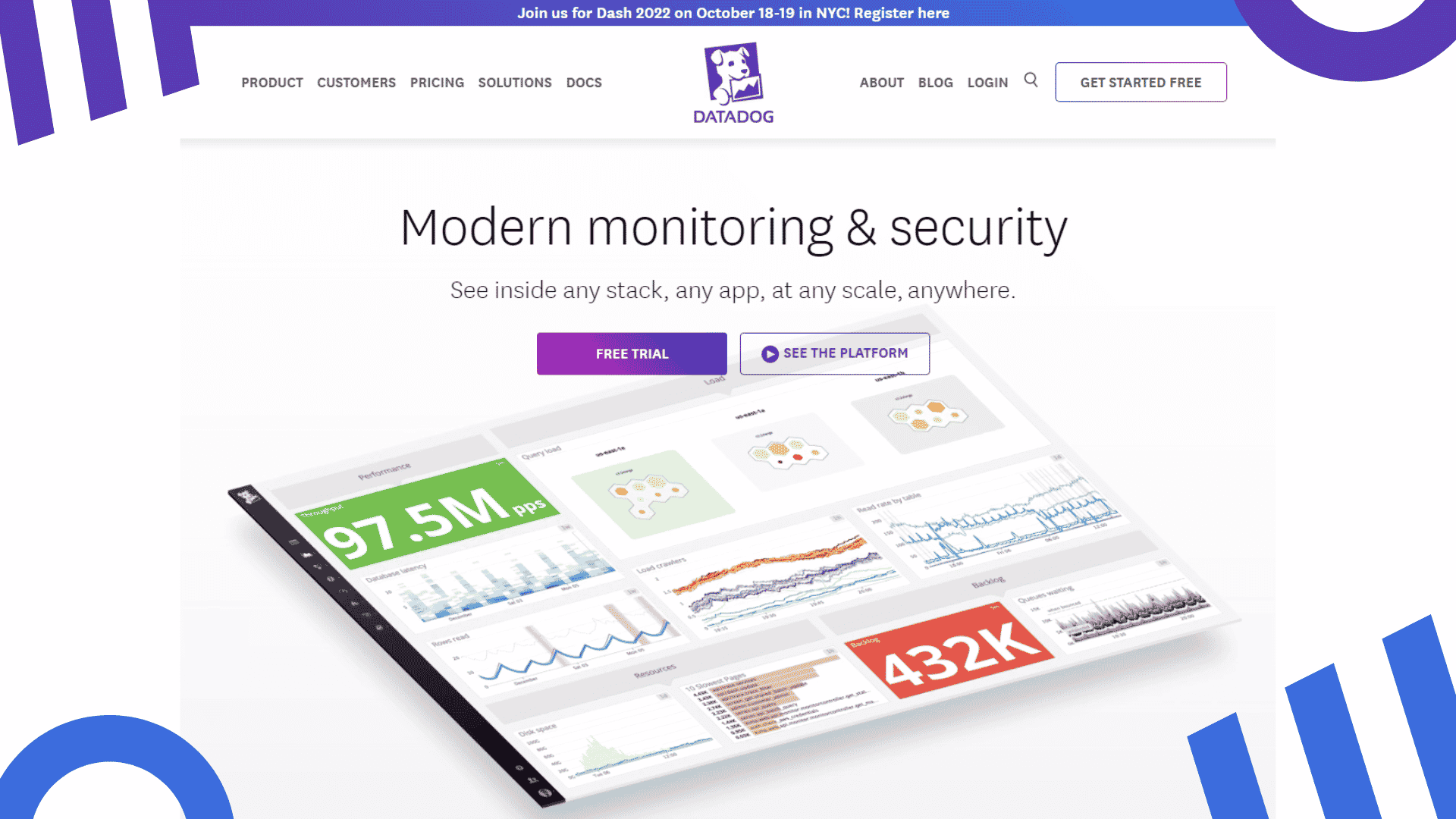
Client libraries make it easier for developers to access an API. There are several client libraries available, each with its specific features. To use a client library, you first need to add the dependency to your project’s POM file and then use the library’s APIs.
For example, Datadog has a client library available for Go. The datadog_api_client gem is installed and used in this passage. The Datadog API Client library allows you to access Datadog’s data from your programming language of choice. The library comes in V1 and V2 versions and can be installed using NPM or Yarn. To use the library, import it and specify which version you want.
Conclusion
APIs are an essential part of web development, and understanding how to find and use them can make your job much easier. With this guide, you’ll be able to find and use APIs with ease.
